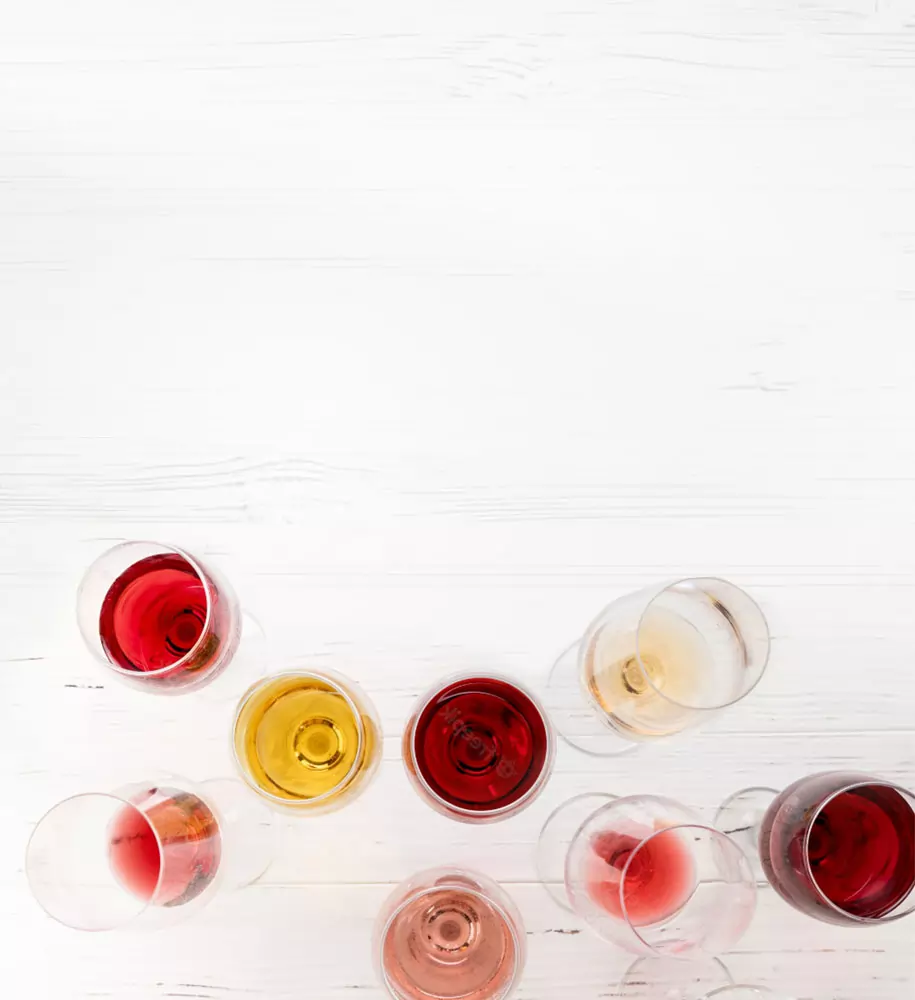Cookie settings
This website uses cookies, which are necessary for the technical operation of the website and are always set. Other cookies, which increase the comfort when using this website, are used for direct advertising or to facilitate interaction with other websites and social networks, are only set with your consent.
Konfiguration
Technically required
These cookies are necessary for the basic functions of the shop.
Affiliate code
Allow all cookies
CSRF token
Cookie settings
Currency change
Customer-specific caching
Decline all cookies
Individual prices
Selected shop
Session
Comfort functions
Improves the shopping experience. Use notepad etc.
Notepad
Permanent cart
Statistics & Tracking
Affiliate program
Conversion and usertracking via Google Tag Manager
Track device being used
No results were found for the filter!
sold out
Buy 24, save 6%!
Alcohol % ABV: 11,0
9999
NV
sold out
Buy 24, save 6%!
Alcohol % ABV: 11,0
10.95CHF*
0.75 l (14.60CHF * / 1 l)
sold out
Residual sugar (approx.) in g/l: 14,0
Wine acidity in g/l: 5,7
Alcohol % ABV: 11,0
9999
NV
sold out
Residual sugar (approx.) in g/l: 14,0
Wine acidity in g/l: 5,7
Alcohol % ABV: 11,0
10.95CHF*
0.75 l (14.60CHF * / 1 l)
sold out
Buy 12, save 4%!
non-alcoholic
Residual sugar (approx.) in g/l: 42,0
Alcohol % ABV: <0,5
9999
NV
sold out
Buy 12, save 4%!
non-alcoholic
Residual sugar (approx.) in g/l: 42,0
Alcohol % ABV: <0,5
15.95CHF*
0.75 l (21.27CHF * / 1 l)
Things to know about Blanc de Blancs











